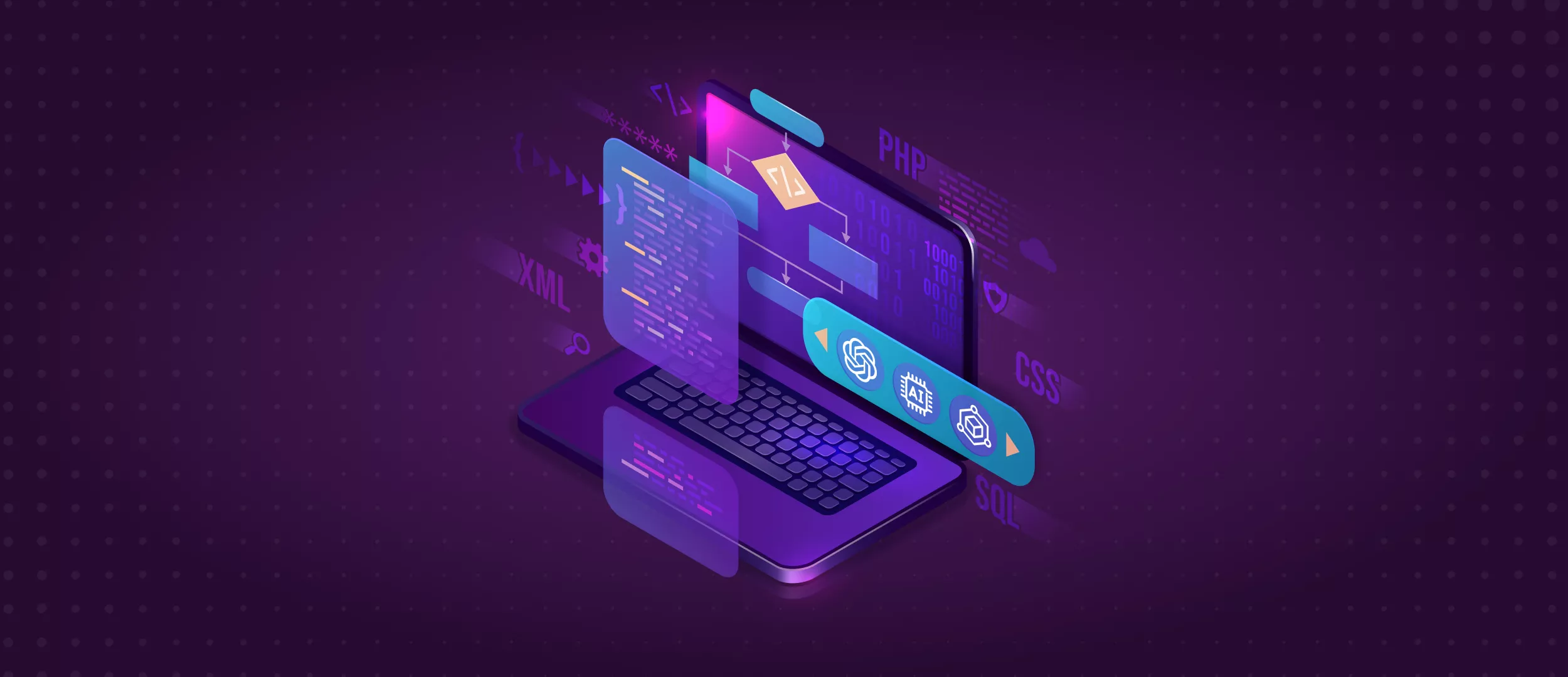
The Future of Web Development: Trends and Technologies to Watch
By Adedayo Oyetoke, Published on: June 3rd 2023 5 min, 877 word Views: 1191
The world of web development is constantly evolving, with new technologies and trends emerging every year. As we move further into the future, it's important for developers to stay up-to-date with the latest advancements in order to create cutting-edge websites and applications. In this blog, we'll explore some of the most exciting trends and technologies that are shaping the future of web development.
1. Progressive Web Apps (PWA)
Progressive Web Apps (PWA) are web applications that provide a native app-like experience to users. PWAs are designed to work seamlessly across all devices and platforms, and they offer features such as offline access, push notifications, and home screen installation. One of the most notable examples of a PWA is Twitter Lite, which offers a fast and lightweight experience to users on slow or unreliable networks.
2. Artificial Intelligence (AI)
Artificial Intelligence (AI) is becoming increasingly important in web development, with developers using machine learning algorithms to create intelligent applications that can learn and adapt to user behavior. AI-powered chatbots are a great example of this, as they can provide personalized assistance to users and help businesses automate customer service. Another example is Netflix, which uses AI algorithms to recommend personalized content to users based on their viewing history.
3. Voice User Interface (VUI)
Voice User Interface (VUI) is another trend that is gaining popularity in web development. With the rise of smart speakers and voice assistants, developers are now creating websites and applications that can be controlled using voice commands. This technology is particularly useful for people with disabilities, as it allows them to interact with websites and applications without the need for a keyboard or mouse. One example of a VUI-powered website is the BBC's Voice Assistant, which allows users to navigate the site using voice commands.
4. Motion UI
Motion UI is a design trend that involves using animations and transitions to create a more engaging and interactive user experience. This technology is particularly useful for mobile devices, as it can help to reduce load times and improve performance. One example of a website that uses Motion UI is Apple's iPhone X page, which features a range of animations and transitions that help to showcase the device's features.
5. Single Page Applications (SPA)
Single Page Applications (SPA) are web applications that load a single HTML page and dynamically update the content as the user interacts with the site. This technology is particularly useful for creating fast and responsive websites, as it eliminates the need for page reloads and reduces server load. One example of a website that uses SPA is Gmail, which loads a single page and dynamically updates the content as the user interacts with their inbox.
6. Blockchain Technology
Blockchain technology is another trend that is starting to make its way into web development. This technology is particularly useful for creating secure and decentralized applications, as it allows for the creation of tamper-proof records and transactions. One example of a blockchain-powered website is Steemit, which is a social media platform that rewards users for creating and curating content.
7. Serverless Architecture
Serverless architecture is a trend that is gaining popularity in web development. This technology allows developers to build and run applications without the need for managing servers or infrastructure. Instead, developers can focus on writing code and deploying it to a cloud-based platform, which takes care of scaling and managing the infrastructure. One example of a serverless platform is AWS Lambda, which allows developers to run code in response to events and automatically scales to meet demand.
8. Augmented Reality (AR)
Augmented Reality (AR) is a technology that overlays digital information onto the real world, creating a more immersive and interactive experience for users. AR is becoming increasingly popular in web development, with developers using it to create applications that allow users to interact with virtual objects in the real world. One example of an AR-powered website is Ikea Place, which allows users to place virtual furniture in their real-world environment to see how it would look.
9. Cybersecurity
Cybersecurity is becoming increasingly important in web development, with developers focusing on creating secure applications that protect user data and prevent cyber attacks. This technology involves using encryption, authentication, and other security measures to ensure that user data is protected from unauthorized access. One example of a website that prioritizes cybersecurity is ProtonMail, which is an encrypted email service that provides end-to-end encryption to protect user data.
10. WebAssembly
WebAssembly is a technology that allows developers to run high-performance code in the browser, making it possible to create complex applications that were previously only possible with native code. This technology is particularly useful for creating games and other applications that require high-performance graphics and processing power. One example of a website that uses WebAssembly is SketchUp, which is a 3D modelling application that runs entirely in the browser.
In conclusion, the future of web development is full of exciting trends and technologies that are shaping the way we interact with the web. From Progressive Web Apps and Artificial Intelligence to Augmented Reality and WebAssembly, developers have a wealth of tools at their disposal to create cutting-edge websites and applications. By staying up-to-date with the latest advancements, developers can ensure that they are at the forefront of this rapidly evolving industry and create applications that are both innovative and user-friendly.
